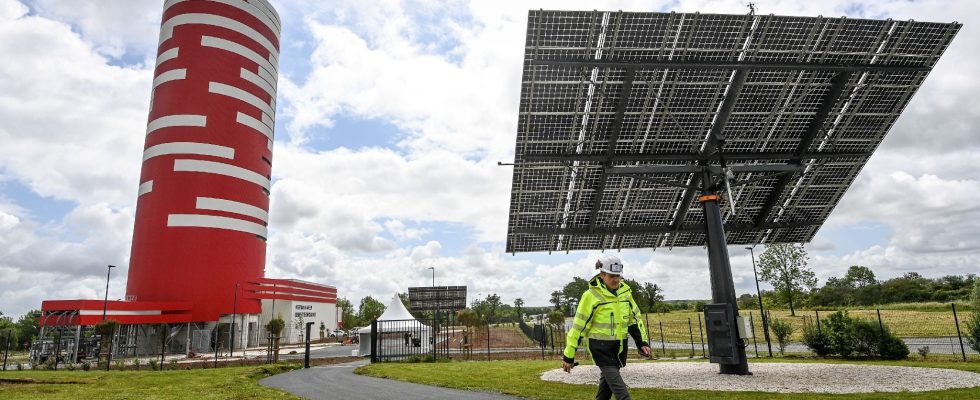By 2031, France must halve its consumption of space compared to the period 2011-2021, in order to preserve biodiversity and reduce natural risks. There is reason to fear that the call for the reindustrialization of the country will turn into wishful thinking if there is no longer any available space to accommodate new factories. In reality, it is not so much hectares that are lacking as suitable land, well located and immediately ready for use.
The government has therefore put in place a “mobilization strategy” in order to reconcile these two injunctions. Concretely, this involves finding 22,000 hectares to accommodate new productive activities, mainly by combining the rehabilitation of wastelands and the densification of existing sites. As a matter of urgency, the government first launched a call for projects to identify 50 “turnkey” sites. These, controlled by local authorities, already have all the necessary connections and, above all, are located in attractive environments, even real ecosystems, conducive to the development of industry, including other businesses, research laboratories, etc.
This is in fact the important result of a recent study by La Fabrique de l’industrie: it is not enough to have land reserves for industrialists to set up there. Business leaders first want to be sure that the premises and land will meet their constraints: from ceiling heights in workshops to proximity to suppliers, including the availability of labor. . They are even willing to pay them more to avoid problems like this.
We understand, therefore, that the national strategy of “mobilization for industrial land” will have to go well beyond the renewal of land stocks – transformation of Economic Activity Zones (ZAE), mapping of wastelands, etc. – and include actions such as renewing skills or improving the living environment. In other words, land mobilization cannot be isolated from other support policies for territories and industry.
This point is all the more crucial as land pressure applies mainly to housing, by far the main cause of land artificialization. However, the reindustrialization of territories, if it is to create jobs, presupposes housing the workforce and meeting their needs: schools, businesses, living environment, etc. We must therefore succeed in articulating – and not opposing – housing policy and industrial land policy.
Conversely, where public authorities give up control over land supply, they give way to a host of private actors with divergent interests, often disconnected from the needs of industrialists. We often hear about business owners who retain their land with the aim of obtaining medium-term added value. This forgets that private investors are also starting to take an interest in industrial land. Traditionally, it was a less profitable asset than office real estate for intrinsic reasons: storage needs, security perimeters with regard to local residents, etc. But falling yields in office real estate are changing that. And this is how we see the emergence, particularly in the inner suburbs of Paris, of real estate companies seeking high returns for their clients, on the basis of land and industrial premises. A new market is being formed, with players who are neither seeking to reindustrialize the country nor to slow down the artificialization of land. Enough to stay vigilant…
